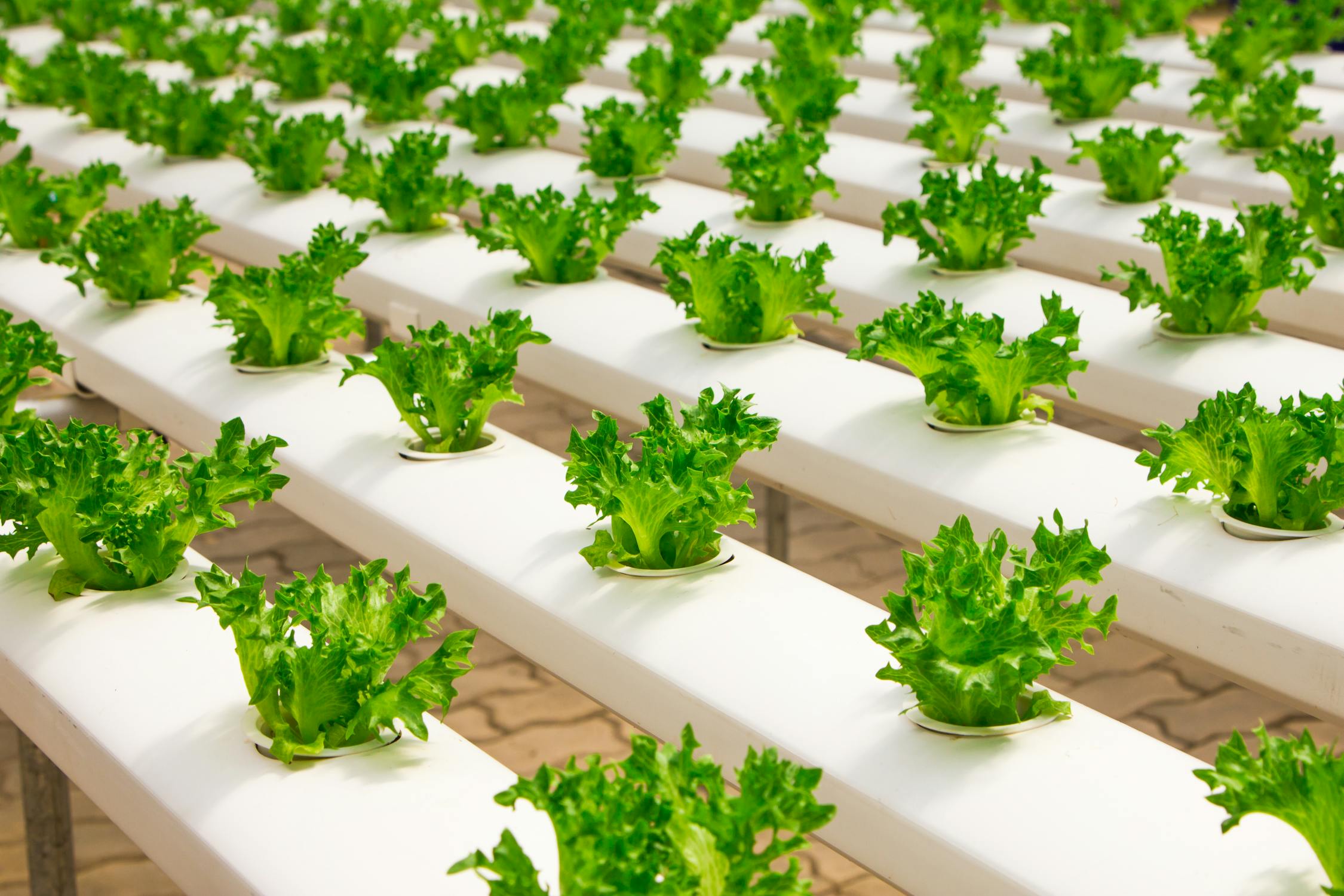Advances in Agricultural Technology
Advancements in agricultural technology have revolutionized the way we produce, manage, and distribute food. From precision farming to genetically modified organisms (GMOs), these innovations have significantly enhanced productivity, sustainability, and food security. This progress is crucial in addressing the growing global population and the subsequent demand for more efficient food production methods.

Here, we explore some of the most impactful technologies that are shaping modern agriculture.
Precision Farming
Precision farming involves using technology to monitor and optimize agricultural practices at a highly detailed level. This approach includes GPS-guided tractors, drones, and sensors that collect data on soil conditions, crop health, and weather patterns. By analyzing this data, farmers can make more informed decisions about planting, fertilizing, and harvesting.
A significant benefit of precision farming is its ability to reduce resource usage. For example, targeted irrigation systems can significantly cut down on water waste by only watering areas that need it. Similarly, variable rate technology (VRT) allows for precise application of fertilizers and pesticides, reducing chemical runoff into nearby ecosystems.
According to a study published by the International Society of Precision Agriculture, farms utilizing these technologies can increase yields by up to 20% while reducing input costs by 15% (ispag.org). Such improvements not only boost farm profitability but also contribute to more sustainable agricultural practices.
Genetically Modified Organisms (GMOs)
Genetically modified organisms (GMOs) have been at the forefront of agricultural innovation for decades. These crops are engineered to exhibit desirable traits such as pest resistance, drought tolerance, and enhanced nutritional content. One notable example is Bt corn, which has been modified to produce a protein toxic to specific pests but safe for human consumption.
The adoption of GMOs has led to increased crop yields and reduced reliance on chemical pesticides. For instance, a report by the National Academy of Sciences highlighted that GMO crops have contributed to a 37% reduction in pesticide use globally (nationalacademies.org). This reduction not only benefits the environment but also lowers production costs for farmers.
Despite controversies surrounding GMOs, numerous scientific studies have confirmed their safety and effectiveness. The World Health Organization asserts that GMO foods currently available on the international market have passed safety assessments and are not likely to present risks for human health (who.int).
Automation and Robotics
The integration of automation and robotics in agriculture has streamlined many labor-intensive tasks. Automated systems such as robotic harvesters, weeders, and planters can operate around the clock with high precision. These machines are equipped with advanced sensors and AI algorithms that allow them to perform tasks more efficiently than human labor.
An example of this technology is the robotic lettuce harvester developed by Agrobot. This machine uses computer vision to identify ripe lettuce heads and harvest them without damaging nearby plants (agrobot.com). Such innovations reduce labor costs and increase harvesting speed.
A study by McKinsey & Company estimates that automation could increase agricultural productivity by up to 55% by 2030 (mckinsey.com). This surge in productivity is essential for meeting the food demands of a growing global population.
Sustainable Practices
Sustainability has become a central focus in modern agriculture. Technologies promoting sustainable practices include organic farming methods, integrated pest management (IPM), and agroforestry. These approaches aim to balance productivity with environmental stewardship.
For instance, IPM combines biological control, habitat manipulation, and use-resistant varieties to manage pest populations while minimizing environmental impact. A study from the University of California highlights that IPM can reduce pesticide use by up to 50% without compromising crop yields (ucanr.edu).
Agroforestry integrates trees and shrubs into agricultural landscapes to enhance biodiversity and improve soil health. This practice can sequester carbon dioxide from the atmosphere, contributing to climate change mitigation efforts.
Data-Driven Decision Making
The advent of big data analytics has empowered farmers with unprecedented insights into their operations. By leveraging data from various sources—such as satellite imagery, weather forecasts, and market trends—farmers can make data-driven decisions that optimize their practices.
- Satellite imagery: Provides detailed views of crop health over large areas.
- Weather forecasts: Helps farmers plan activities around optimal weather conditions.
- Market trends: Guides planting decisions based on consumer demand predictions.
Agricultural platforms like Climate FieldView offer comprehensive data analytics services that help farmers monitor field conditions in real time (climate.com). These tools enable farmers to maximize efficiency and profitability while minimizing risks associated with unpredictable factors like weather.
| Technology | Benefits | Challenges |
|---|---|---|
| Precision Farming | Increased yields, reduced input costs | High initial investment |
| GMOs | Pest resistance, higher nutritional value | Public acceptance issues |
| Automation & Robotics | Lower labor costs, higher efficiency | Technological complexity |
| Sustainable Practices | Environmental benefits, long-term viability | Potential yield reductions initially |
| Data-Driven Decision Making | Optimized operations, risk mitigation | Data management complexity |
The advances in agricultural technology are transforming traditional farming methods into sophisticated operations capable of meeting modern demands efficiently and sustainably. Precision farming enhances resource management; GMOs contribute to higher yields and reduced pesticide use; automation reduces labor dependency; sustainable practices ensure long-term viability; and data-driven decision-making offers actionable insights for optimized farming.
The future of agriculture lies in continued innovation and adoption of these technologies. As research progresses and more farmers integrate these advancements into their practices, we can expect even greater strides towards a more productive and sustainable food system. The challenges are significant but so are the opportunities for creating a resilient agricultural sector capable of feeding the world’s population sustainably.